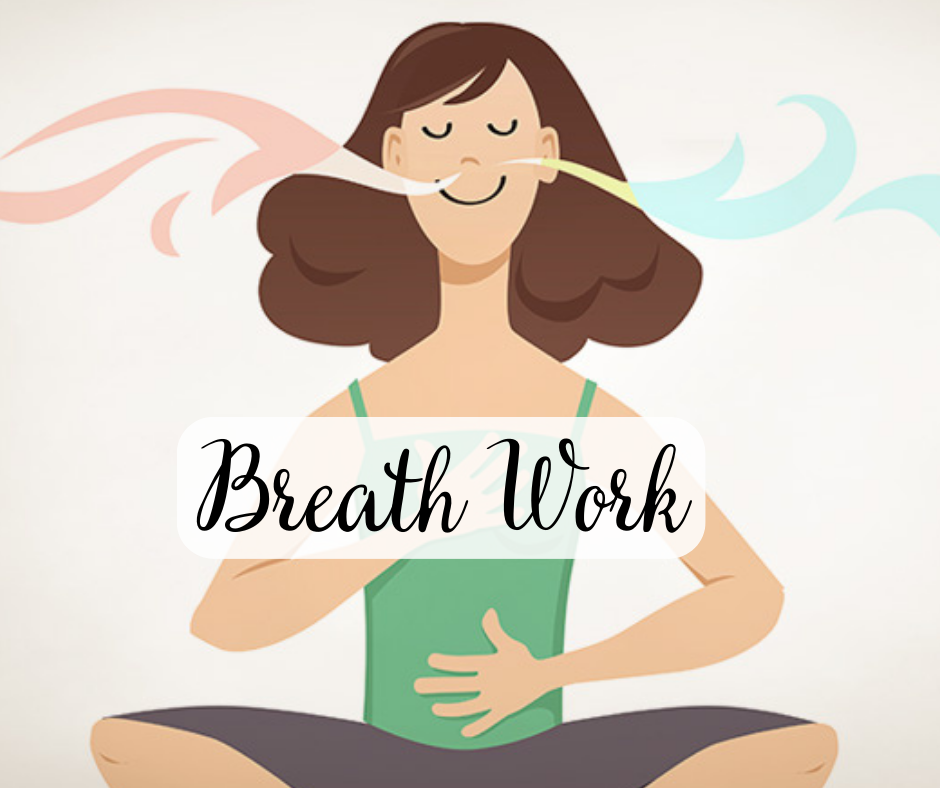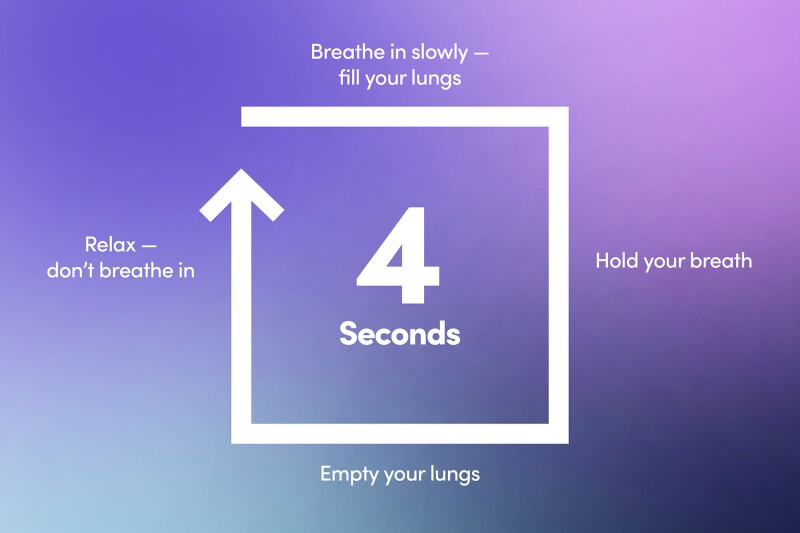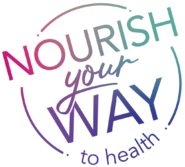
As I learn more about health, I come across various ways to reduce inflammation and to better my heath. I love sharing what I’ve come across. Breathing techniques have really helped me along the way.
You might be surprised to know that how you breathe is important to your health. If we all learned certain techniques as to how to control our breathing we could decrease inflammation and increase our health.
As humans, we are very reactionary and don’t think much about how we breathe or how often we breath since it really is automatic. When you inhale, oxygen enters the lungs and passes back out through tiny air sacs called capillaries, where it’s then carried to the heart to bring oxygen to your tissues, cells, and organs.
When you exhale, the diaphragm moves up into the chest cavity. This forces the carbon dioxide to be released from the blood and then it’s carried to the lungs for removal—the space in your chest cavity reduces, the carbon dioxide rich air is forced out of your lungs, windpipe, and finally out of your nose or mouth. This requires no effort at all from your body unless you suffer from a lung disease or breathing problems, or you’re in the middle of doing something very physical, such as working-out. When you’re doing aerobic exercise, your abdominal muscles contract. This tightens and pushes your diaphragm against your lungs more than usual, quickly pushing air out of your lungs.
Why is breathing so important? If we focus on our breath, we can really impact our physical and mental health and boost immune health and even athletic performance. You might think that we get most of our energy from what we eat and drink. Not true—most of our energy is from the air we breathe.

In yoga, a very old practice, focusing on movement and breath. Many breathing practices have been around for at least 5,000 years. Ancient Hindus, Chinese, and Native Americans studied breath and how it impacts our health and well-being. They used breath as medicine.1
Fast forward to the twenty-first century; we can now collect data and conduct studies on breathing and how it impacts our health. Breathing in certain ways can shift your heart rate, stress levels, blood pressure, and blood oxygen.
When we breathe through our mouths, we are exposing ourselves to everything in our environment. Seventy-five percent of the toxins you eliminate will leave your body as your breath, since your lungs filter out polluted air, foreign matter, and organisms that make their way into your body through the nose and mouth. If you live in a city it could mean pollutants, smog, mold, and so forth. If you breathe through the nose, the air is passing through elaborate structures. When the air is moving through these structures, it is warmed, filtered, and moistened, and then a profusion of nitric oxide is created. Nitric oxcide kills viruses and bacteria! Nitric oxcide also fights inflammation. When you breathe through the mouth, you get none of those advantages.
The James Nester Story
James Nester, the author of Breathe, says that you can survive mouth breathing, but it’s going to wear you down and make you sick. He mentions, Louis Ignarro (winner of the 1998 Nobel Prize in Physiology and Medicine) performed clinical trials of patients receiving nitric oxcide for Covid-19 and witnessed a remarkable difference in these patient’s health. Nester also points out that if you hum, you increase your nitric oxide 15 times.
Nester used himself and another colleague as guinea pigs for a study at Stanford University in which the two practiced mouth breathing with their noses plugged for ten days. They then taped their mouths shut for the next ten days to breathe only through their noses in order to collect data on the effects of each type of breathing on the body and on health and wellness. He did this study though he was warned that such restricted breathing may cause undesirable health effects.
When Nester was only mouth breathing—especially at the end of the trial—he felt sick. He had extreme fatigue, his blood pressure went through the roof, he started snoring, and he experienced sleep apnea; this apnea became worse day by day. In addition, his mouth was dry, he had difficulty focusing, and his athletic performance radically declined.
This was followed by ten days of nose breathing. When Nestor began breathing through his nose, his blood pressure dropped, his heart rate variability increased by more than 150%, his sleep apnea disappeared, and he felt like this thriving self. Nestor explains that nose breathing is important because the nostrils not only warm the air and remove dust and other impurities that can get us sick, they also pressurize the air, so that when the air gets to our lungs, they can “extract more oxygen with each breath.”


Through Nester’s studies, he learned that 60% of humans breathe mostly through their mouths while sleeping. While Nester was doing the mouth-breathing trial, he needed to tape (with a light surgical tape) his mouth shut while sleeping. Many people have contacted Nester and professed that this was the best health hack that they’ve ever experienced.
Nester admits that taping your mouth shut for sleep may not work for everyone, especially for people that have advanced or severe sleep apnea. He claims these people most likely need professional help, but for most people, it can be health altering in a beneficial way. He says that some tape brands are now on the market designed specifically for sleeping. If someone wants to try taping their mouth shut while breathing, they may have to go through many different brands of tape until they find the one that works for that individual. Nester also affirms that if we take some time out of our day and breathe slowly, lightly, and deeply, this can be transformative for people.

